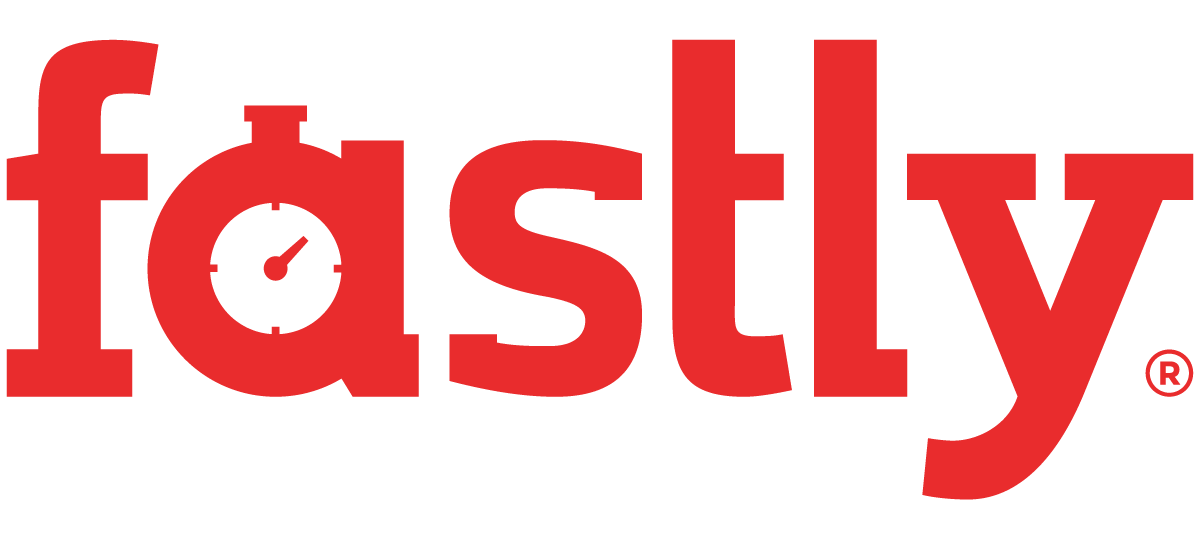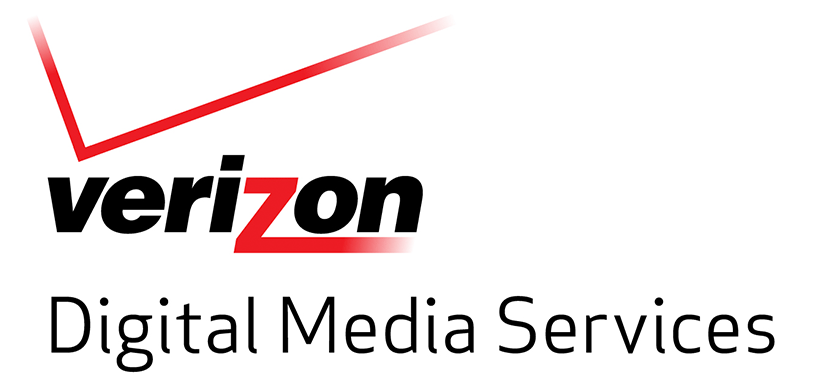RTMP Streaming Protocol is receiving declining support from Content Delivery Networks CDNs). One major demand that RTMP stream places on CDNs is the requirement of an active connection between Flash Media Player and the viewer on port 1935. This is because RTMP requires a persistent connection. On the other hand video streaming protocols such as HLS, DASH and HDS require streaming over HTTP, and do not require much customization, and are easily supported by CDNs. Also, with Flash not being supported by Android and iOS, RTMP use is steadily declining.
Amazon AWS on RTMP Stream

Amazon’s Cloudfront can be used to serve both the media filed and the media player. This is done through two distributions – a web distribution for the media player, and an RTMP distribution for the media files. Essentially media player files are loaded over HTTP, and once the media player is stored locally, it calls the Amazon S3 streaming bucket for media files over RTMP protocol. Cloudfront accepts RTMP requests over port 1935 and port 80.
Highwind CDN
Highwind transitioned from RTMP stream to HTTP in 2012, in the belief that the future of CDN-delivered video is cacheable HTTP Streaming. Because it allows cacheable streaming, HTTP offers considerably greater efficiencies on the server infrastructure side. Highwind also believes that the innovation in HTTP streaming protocols has accelerated, in particular in DASH (Dynamic Adaptive Streaming over HTTP), whereas RTMP has largely stagnated.

Comcast CDN
Comcast had been using their own CDN for 10 years before launching their CDN for video providers in August 2015. Comcast does not support RTMP streams, and only provides support for HTTP based streaming.

Fastly
Fastly only supports streaming over HTTP over a Transport Layer Security, which is more advanced and secure than SSL security. For more secure video hosting, Fastly has added features for content targetting and Edge Authorization – authorization at the localized CDN level, and not at the point of media origin. This makes the process of authentication faster.

HolaCDN
HolaCDN is developed specifically for video delivery, and is designed as an overlay over an existing CDN. HolaCDN offloads video traffic from existing CDN, allowing the existing CDN to be used for non-streaming uses, and as fallback for video streaming. HolaCDN has optimized its CDN for efficient video delivery, claiming to provide faster and cheaper video delivery because of its video-only focus. HolaCDN only supports HTTP based streaming protocols.
Level3
Level 3 supports RTMP stream as an Input protocol for media files from server to CDN, but only supports HTTP based streaming protocols for video output.
KeyCDN – HLS Streaming

KeyCDN does not use RTMP streaming for video delivery to end users. They rely on HTTP Live Streaming (HLS) for their video streaming. Their reason for not supporting RTMP is that iOS does not support Flash Player (which RTMP uses). If the streaming protocol for Live Streaming used by the streaming software is RTMP, you would need to convert the RTMP stream into an HLS stream. The workflow for playing RTMP encoded videos through KeyCDN is as follows:
RTMP Encoder -> Encoding from RTMP to HLS -> Pull Zone (HLS Feature Enabled)
Verizon Digital Media
Verizon Digital Media CDN uses both HTTP and RTMP streaming, although it clearly expects HTTP to continue to be the dominant streaming technology. Verizon will stop support for RTMP in June 2017
Supercharge Your Business with Videos
At VdoCipher we maintain the strongest content protection for videos. We also deliver the best viewer experience with brand friendly customisations. We'd love to hear from you, and help boost your video streaming business.


